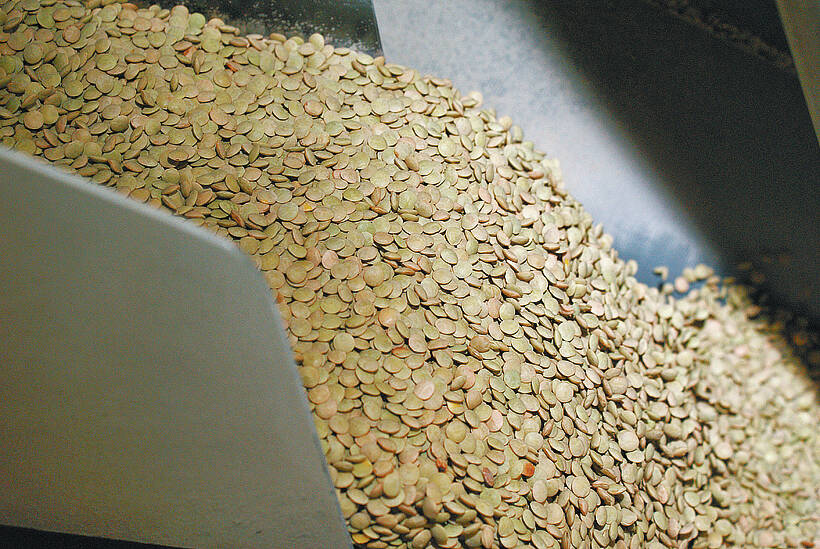Same goal, varied attack
A United States farm aid package worth hundreds of millions of dollars will grab headlines this week.
The Canadian government is also aiding farmers, but in a less obvious way.
Ottawa is allowing the Canadian dollar to drift down. The policy helps Canadian exporters, including farmers, but there is an element of danger.
Let’s examine the U.S. farm aid program first.
Unlike Canada, where federal legislators usually follow national policy lines, U.S. senators tend to take up the popular causes of the folks back home.
Read Also

Green lentil market oversupplied
Farmers in Western Canada can expect price pressure on their new crop of green lentils, as the available supplies among the world’s major lentil-growing nations increase significantly.
A group of them, feeling heat from farmers suffering from low prices, crop disease and in some cases drought, launched a full court press. They attacked Freedom to Farm legislation that cut farm support and lobbied the president to find ways within existing programs to help farmers.
Help for farmers
The attack on Freedom to Farm failed, but they got a $500 million (U.S.) plan to aid farmers who have had repeated crop losses.
They also got president Bill Clinton to announce a $250 million plan to buy wheat and give it to poor countries.
The announcements last week are very visible, political, popular down on the U.S. farm and will be criticized internationally.
Meanwhile, Ottawa’s strategy for the loonie is nationally oriented, much less visible, probably neutral in public opinion and ignored internationally.
But it could increase hardship down the road if exporters fail to remember the low dollar is helping to mask very low commodity prices.
Grain, oilseed and livestock prices are clearly low in Canada, but they’d be much worse if the dollar was worth 72.7 U.S. cents, as it was last year at this time, instead of its current 67 or 68 cents.
Producers can’t become complacent. The U.S. greenback’s strength is owed to international money traders who have parked funds in stable American dollars while waiting out Asia’s economic turmoil.
But when the Asian storm calms, funds will shift their dollars into other currencies, allowing the Canadian dollar to appreciate.
A rapid rise would wreak havoc on farmers. For example, a rough rule of thumb is that a one-cent move in the loonie equals an $8 to $13 move in canola prices.
So when you’re pencilling out budgets, don’t take today’s prices as the lowest of the 1998-99 season.
Things could get worse.














